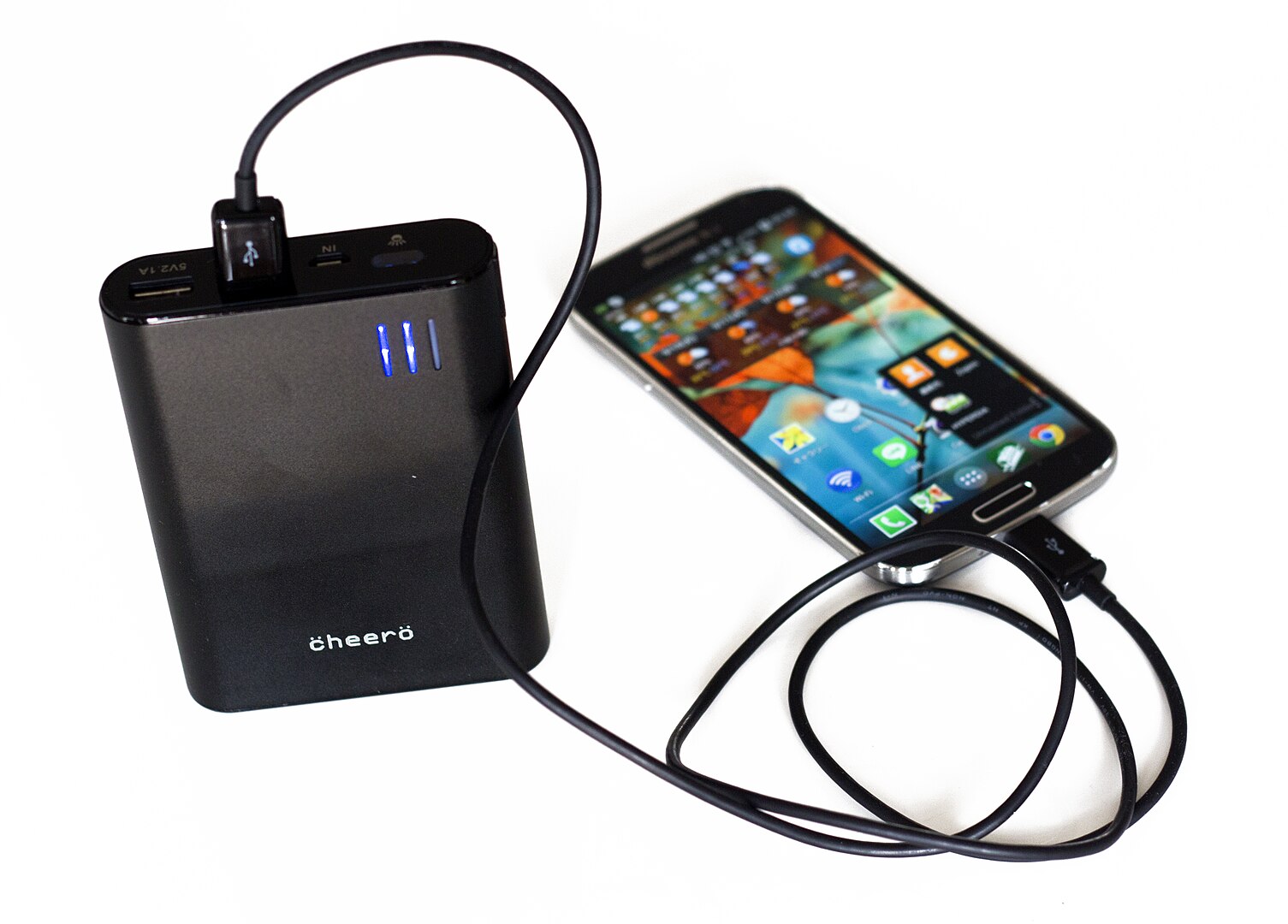 BBC News
BBC NewsBorrowing was £17.4bn last month, the second highest October figure since monthly records began in 1993.

Finito World
In our current moment, there is an increasing suspicion that genuine human connection isn’t really that popular a pursuit at all. If we ask why this might be, we can alight on smartphones and social media as explanations – but only partially. It is no coincidence that at the same time that face-to-face conversation has declined, many of us are in thrall to the notion that constant connectivity equals progress.
Dr. Kaitlyn Regehr’s “Smartphone Nation: Why We’re All Addicted to Our Screens and What You and Your Family Can Do About It” arrives as a timely intervention against this orthodoxy. As one of the UK’s leading experts on digital literacy, Regehr positions herself as “The Digital Nutritionist” – a moniker that might make some wince, but which accurately captures her practical approach to what has become a genuinely serious problem.
One might legitimately question whether we need another book telling us that smartphones are problematic. After all, most of us already know this. But Regehr’s achievement is to move beyond the usual hand-wringing about screen time to offer something rarer: genuinely practical advice for families struggling with digital boundaries. She understands what’s difficult – not just identifying the problem, but actually living differently in a world where opting out entirely isn’t realistic.
Within the world of self-help books, the hardest genre of all may well be digital wellness. The main reason for this is that you’re writing for an audience largely made up of people who are simultaneously aware of the problems technology creates and utterly dependent on it. They’re a tough crowd. In addition to this, you have to work within severe constraints – you cannot simply advocate for digital monasticism, nor can you pretend that concerns about smartphone addiction are overblown.
Regehr’s central thesis revolves around helping readers “set thoughtful, sustainable boundaries and reshape your family’s relationship with devices.” This is refreshingly free of the apocalyptic rhetoric that characterises much writing about technology. Rather than positioning herself as a digital Cassandra, she offers what she calls “invaluable advice on how to build a healthier, safer
and less all-consuming relationship with our smartphones.”
The book has been described as suitable “for readers of The Anxious Generation who want to know what to do next” – and this positioning tells us something important about Regehr’s approach. Where Jonathan Haidt diagnoses the problem, she attempts to provide solutions. This is admirable, though it comes with risks. Solutions tend to be less intellectually satisfying than diagnoses, and more prone to seeming obvious or simplistic.
Indeed, the book faces some notable criticisms along these lines. One reader described it as “essentially a fluffed up article,” noting it “coming in hot at 160 pages in massive font and double spacing.” This is a damning assessment, suggesting that while the content may be valuable, the presentation feels insubstantial for readers expecting serious engagement with complex issues.
But perhaps this criticism misses the point. Sometimes what we need isn’t more analysis but clearer action. The pervasive nature of smartphone use and its impact on family dynamics, mental health, and personal productivity makes practical guidance genuinely valuable – even if, or perhaps especially if, that guidance can be absorbed quickly and implemented immediately.
What is good about Regehr’s conception is that it reminds us not to approach digital wellness with the same all-or-nothing thinking that characterises our relationship with technology itself. She knows that smartphones are here to stay, but she also knows that our current patterns of use are often compulsive rather than intentional. The book promises to help readers “keep the advantages of the internet whilst identifying often hidden dangers and stepping away when you’re over-reliant.”
This balanced perspective may frustrate readers looking for more radical critiques of digital capitalism or deeper philosophical engagement with questions of attention and distraction. But there’s wisdom in Regehr’s moderation. For most families, the goal isn’t to smash their phones but to use them more thoughtfully.
Naturally, we mustn’t go too far. Regehr isn’t offering profound insights into the nature of human attention or the political economy of surveillance capitalism. But the practical help she provides may be far better than what we’re all too often faced with in digital criticism today: brilliant analysis coupled with complete impracticality. Sometimes the most useful book is the one that actually helps you live a little differently tomorrow.